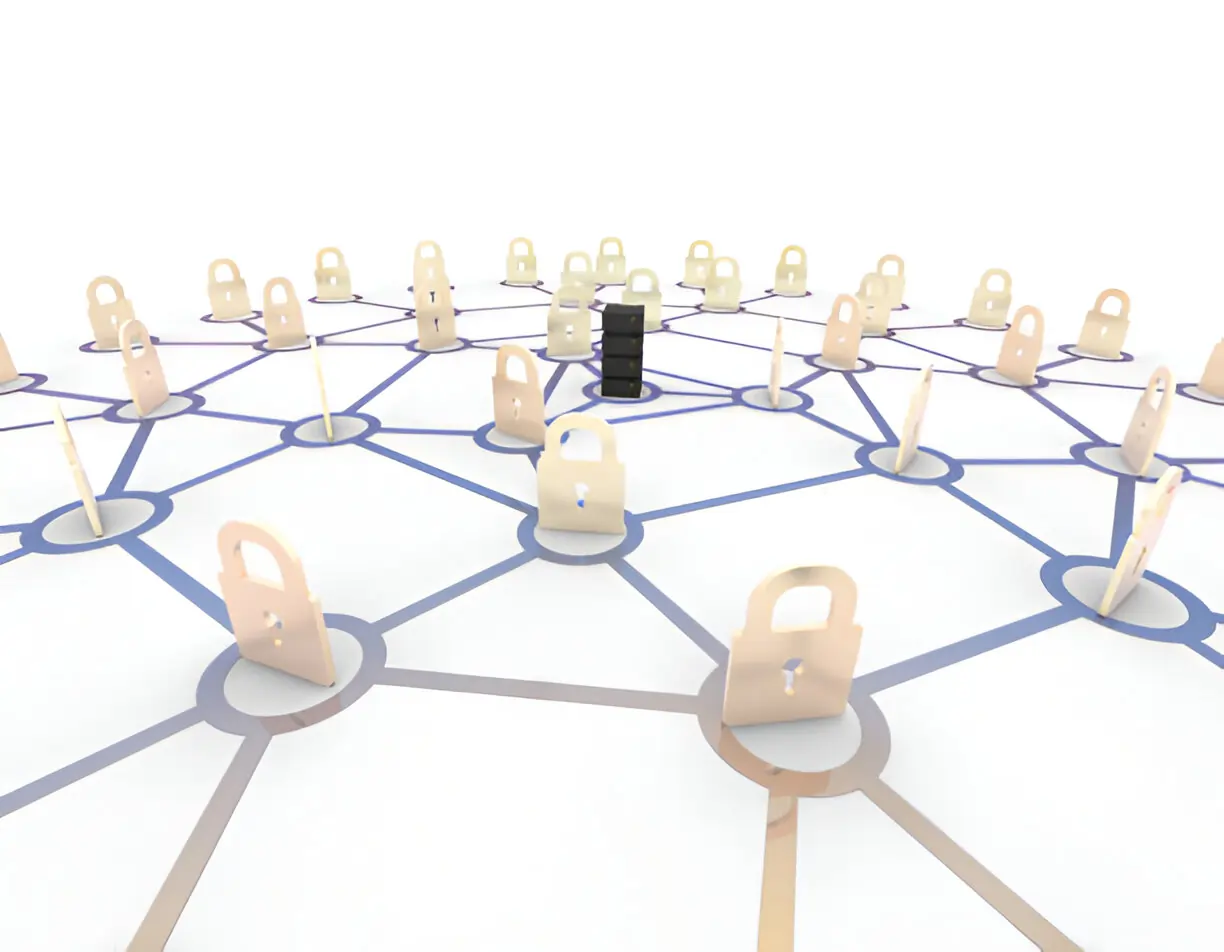What Is an Air Gap?
Cybersecurity requires layers of protection, but sometimes a physical barrier is the most effective. The concept of the air gap is simple yet powerful: keep critical systems completely separated from unsecured networks like the public internet. This means there are no direct or indirect connections between the sensitive network and any outside network, creating a formidable wall against remote attacks. An air gap is more than just unplugging a cable; maintaining this disconnect demands careful policies and continuous vigilance.
While air gaps began as a strategy for military and national security data, the approach has found its way into corporations, utilities, and other essential organizations. The underlying assumption is that a system not accessible electronically is far less likely to be compromised by malware, hacking, or data exfiltration. In an age where attacks are increasingly sophisticated, the air gap is valued for its ability to reduce entire classes of risks from the equation.
The Role of Air Gaps in Infrastructure Security
Air gaps are especially important for critical infrastructure. Power stations, water treatment facilities, hospitals, financial institutions, and transport networks all rely on computer systems whose failure could have serious real-world consequences. These organizations are prime targets for cybercriminals and nation-state actors. Air gaps make such attacks drastically harder, as the attacker cannot reach the network over common channels like the Internet or corporate wide-area networks.
Over the years, regulators and industry groups have recommended or required air gaps in sectors where failure has a high consequence. This is particularly true where operational technology (OT) and industrial control systems (ICS) interact with physical equipment. Even when malware evolves to breach segmented networks, air gaps resist mass-scale attacks by removing the remote access vector that many exploits rely on.
Steps for Implementing Air Gaps
Deploying an air gap effectively is more nuanced than disconnecting a network cable. The process begins with identifying critical assets—for instance, control systems for a water plant or financial databases containing sensitive customer data. Once identified, these assets must be isolated from the organization’s corporate network and wireless and portable storage risk, such as USB drives or unauthorized laptops.
Policy enforcement is crucial. Organizations need strict protocols for who can access air-gapped systems, for what purposes, and under what conditions. Physical security measures must support this, with locked server rooms and monitored access. Maintenance and updates can’t be delivered online, so secure, audited manual methods—such as using verified, clean devices—are necessary. Comprehensive logging allows monitoring and builds a trail for incident response if an anomaly occurs.
Where Air Gaps Make the Most Impact
Some of the most impactful uses for air gaps are in environments where uptime and safety are non-negotiable. The energy sector is a prime example, where the control systems running electrical grids are often air-gapped to ensure that any attack on corporate IT or the internet cannot disrupt power to millions of customers. Nuclear facilities, too, operate with heavily air-gapped systems to safeguard against potential catastrophic incidents.
Healthcare is another sector benefiting from air gapping. With patient privacy, a regulatory requirement, and attacks targeting hospital data on the rise, isolating certain medical devices and recordkeeping systems is a proven way to lower risk. According to cybersecurity industry analysis, organizations implementing air gaps in environments like these see a measurable decrease in successful attacks. In finance, trading systems and vault controls may be operated on separate networks that require physical presence to access, minimizing the chance of monetary theft or manipulation.
Limitations of Air Gap Approaches
While air gaps provide robust protection, they are not without drawbacks. The most significant is an operational inconvenience. Without remote access, deploying software updates, troubleshooting, and maintaining systems requires in-person visits and careful procedures. Efficiency drops and costs can rise, especially for organizations with widespread assets or those needing frequent, legitimate changes to their air-gapped systems.
Additionally, no security measure is impervious. Sophisticated attackers have breached air gaps with clever tactics, such as manipulating employees to use infected USB drives or exploiting emissions from hardware. Underestimating the risks posed by physical media can leave a seemingly secure system vulnerable. This underscores the point that while air gaps are formidable, vigilance and supplementary controls are always required.
Blending Air Gaps with Other Security Strategies
Air gaps shine brightest when they are one component of a defense-in-depth approach. Relying solely on isolation has pitfalls, but layering protection creates hurdles for would-be intruders. Encryption of data on air-gapped systems ensures another line of defense if the perimeter is breached. Rigorous authentication for any physical access reduces the window of opportunity for internal threats.
Layered cybersecurity models are especially valued as cyberattacks become more complex and persistent. Combining air gaps with intrusion detection, a security-aware culture, and automated monitoring extends trustworthiness and oversight. This integrated approach buffers against new and unknown attack techniques that could otherwise exploit single points of weakness.
Innovations Shaping the Future of Air Gap Security
Technology continually evolves, and air gap strategies are adapting too. Some organizations are exploring physically segmented but logically connected zones—enabling data to flow safely between networks only at tightly controlled interfaces, such as data diodes or specially configured gateways. Automation and artificial intelligence also make monitoring and auditing air-gapped assets more effective, reducing the manual labor and error risks previously associated with air gaps.
Even with the move toward cloud and always-connected services, some critical assets will always require isolation for their own protection. The next generation of air gap security will likely leverage innovations to make manual processes safer, faster, and more reliable. Regulatory bodies are also expected to pressure critical infrastructure operators to maintain or enhance air gaps in response to ever-changing threats and new technologies.
Conclusion
Air gaps have proven their worth as a foundational security element for critical infrastructure. By physically isolating vital systems, organizations reduce the potential avenues for attackers to exploit. However, as operations modernize and risks diversify, air gaps should not be seen as a silver bullet but as an essential piece of a broader, layered security strategy. Organizations that adapt their air gap practices with ongoing vigilance and integrate emerging technology will be best equipped to protect their essential assets well into the future.
Read more: Why Baccarat is a Popular Card Game in Bangladesh Play on Nagad88
Healthcare Data Engineering: Why Some Hospitals Get It Right While Others Don’t?
Understanding the Role of Motorcycle Injury Lawyers in Legal Claims










